Teutonic Beauty - BMW 507 (1956-1960)
In this world of excess wealth and emotion, the affluent and the enthusiastic alike choose to display their tastes in numerous ways, such as clothing and jewellery. This display of lifestyle choices, affirms their individuality.
One such lifestyle choice is through their selection of preferred automobiles, which carries them from one boardroom meeting here, to a beach party there. This display of prowess can, in some cases be summarised in 3 letters - B, M, and W.
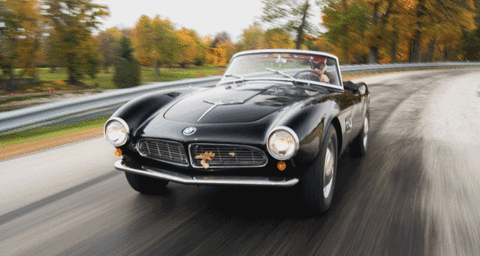
That blue and white roundel of Bayerische Motoren Werke, or BMW as we all know it, shows power and heritage in one symbol. The blue and white proudly shows their native homeland, in the foothills of the Bavarian mountains, while the roundel pays tribute to the company's beginnings in the manufacturing of aircraft components and engines.
Today, BMW manufactures over 2 million, of some of the world's most prestigious and recognised luxury cars, with excellence in driving pleasure, and oozes with exclusivity that few can afford. Yet, in recent times, we have begun to question this, as BMW seems to have an unclear vision forward, as the rest of the automotive industry begins to move towards the future.

Perhaps then, BMW is in need of inspiration to help set its course. Maybe then, we can take a look at the past, as a purview to what the future can be, and to remind BMW that despite much of the hardships that it undertook in the past, their ingenuity have helped it to become the giant that it is today.
The Ultimate Driving Machine

One such car to speak of, was the BMW 507. It was a car, which was conceived principally to define what a BMW can be, but also to compete against their rivals from Stuttgart, Mercedes-Benz. As BMW resorted to making more mass produced cars to keep paying the bills, the 507 stood above the rest.
The BMW 507 roadster (and its coupe sister, the 503 ) was indeed, the ultimate driving machine. The origins of the 507 came far away from the Bavarian hills, in New York. The idea for the 503/507 came from Max Hoffman, an Austrian-born importer of luxury European cars into the States.


Owing to the increasing demand by the American public, for luxurious and fast sports/grand-touring cars, Max Hoffman wanted BMW to create a middle ground, between the more affordable sports cars from Britain such as MG, and the more exotic cars, principally Mercedes-Benz's 300 SL. The gullwing sports car from Stuttgart is heavy competition for a then-small company as BMW, and it needed to hit all the right marks to succeed.
The 507's design, which remain achingly beautiful to this day, and remains an automotive design icon, had gone through the desks of a few designers. The early designs were considered unappealing, and thus the task was finally given to Count Albrecht von Goertz.


The Count Goertz is a relative unknown in the world of automotive design, especially when compared to famous names from those Italian design houses of Pininfarina, Bertone, Zagato, Touring, and so on. However, he should be more known than we give him credit for, not only for penning the 503/507 BMWs, but also for his part in designing Toyota's 2000GT, a car known to have broken the general stereotype of Japanese cars.
The 507's exterior is a perfect balance, between the need for sultry beauty, and that for traditional Germanic simplicity and function. Two particular design highlights of the 507 are the front grille, and the side louvres. The grille, while seemingly familiar, was horizontal on the 507, whereas they're usually vertically shaped for other BMWs at the time, probably due to its low stance. The louvres/vents on the side also helps to add a bit of class with some chrome detailing, but it may or may not have an actual function.


As a convertible, the 507 came with a fabric soft-top, but an optional hard-top may also be fitted, both tops can be of a contrasting colour, or body matched. One hallmark of the 507's bodywork was not only its beauty, but what it took to construct it.
Unlike the BMWs of today, where cars are stamped by robots, the 507 was hand-made. Every single 507 that left BMW's factory, had its lightweight (approx. 1330kg/2930lbs ) aluminium bodywork hand-beaten over wooden blocks by the best craftsmen from Germany. Consequently, no two 507s in the world are identical. Moreover, the fabric roofs were made for each specific car due to dimensional differences, thus the roof on one 507 may not fit another.


The interior is equally luxurious and beautiful as the exterior, with generous use of thick German leather and wool carpeting, including a old-fashioned radio, and (primitive ) air-conditioning.
Moving under the bonnet, we will find a 3.2L V8 with twin-Solex carburettors, shared with the 503 and was first used in the 501/502 series cars, which were the first post-war BMWs, and the first post-war German automobiles with V8 engines. The low-overhead V8 in the 507 produced about 150bhp, sending power through a ZF 4-speed transmission. Acceleration to 60mph takes a gentile 11.1 seconds, and the 507 will eventually cruise to a top speed of 125mph. While not particularly fast by today's standards, they are very respectable for the mid to late-60s.

Unfortunately, all that craftsmanship costs plenty of cash. Max Hoffman intended to import thousands of 507s into the States, each costing $5,000. However, once it made it onto the market, BMW needed to sell the car for $9,000 just to make a small profit, and was later raised to $10,500 for the Series II revisions. This meant that the 507 costs more than twice as much as its contemporary rivals, including Jaguar's XK150 and Chevrolet's Corvette.
As a result, this hefty price tag meant that only the few can afford to have one, and was no longer competitive, which allowed Mercedes' 300SL to outsell it by a factor of 10. The 507 did in fact have a star-studded customer list, which included names such as Elvis Presley and John Surtees.


Overall, despite a good reception, and an A-list celebrity clientele, it sold poorly with only 252 cars made in total (Max Hoffman intended to sell 5000 per year ). The 507, along with the 503, was a sales disaster due to its cost, which almost brought BMW into bankruptcy if not for cash-injection by the Quandt family.
Perhaps then, the business aspects of the 503/507 is not something that BMW of today should take inspiration of. However, it did show what BMW can do when it tries its very best, to employ their cleverness against their competitors. In the early-2000s, BMW did make the Z8 as a homage to the 507, and that one sold rather well, with positive reception at that.

I do believe this creative thinking is what BMW needs to do, in order to distinguish themselves further, and to set a direction for the company going deep into the 21st century.
Sources: RM Sotheby's, Bonhams, Wikipedia, GIPHY, NetCarShow, Petrolicious - 1 & 2
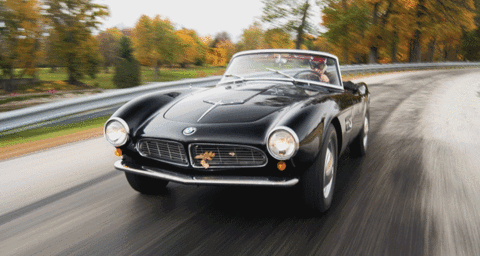
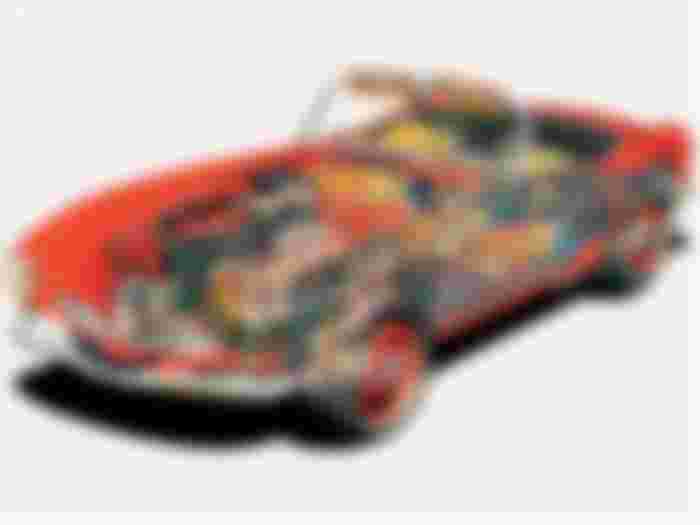





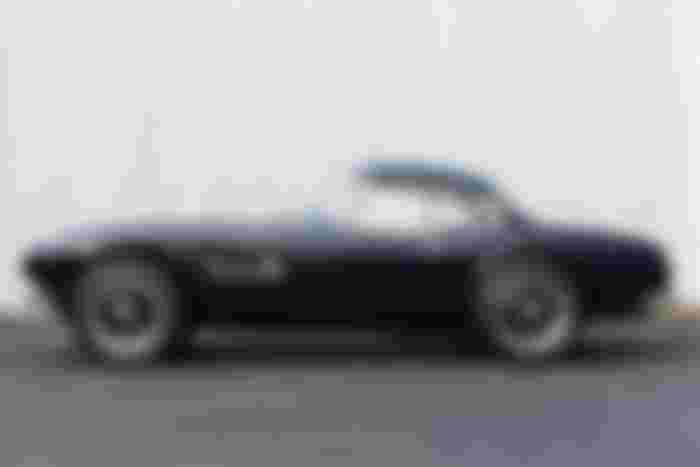
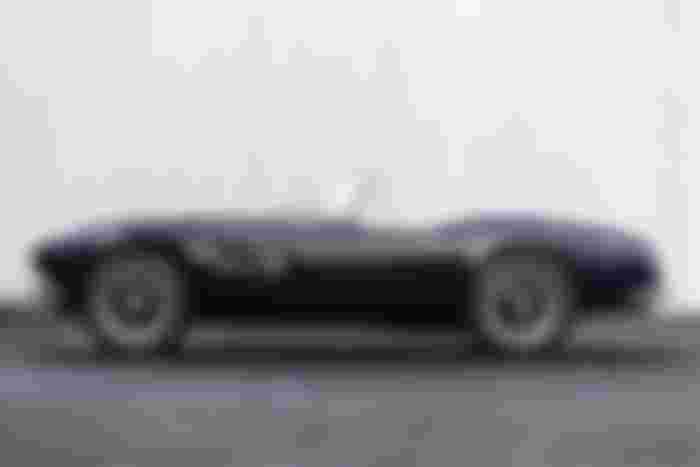






Great write-up. I'm not a car enthusiast that much, but I'm super happy to see so many variant topics on here.
Why don't you create an "oldtimer" community or something along those lines, where you and other people can submit their posts?
By the way, will you do one on Porsche 944? My favorite car 😊